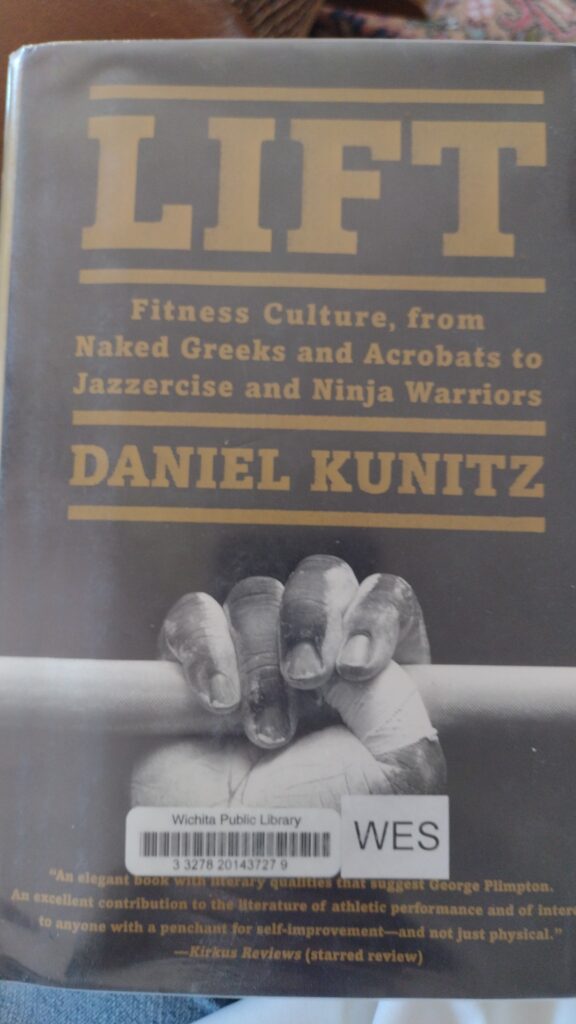Cassandra Aarsen’s The Clutter Connection makes a bold claim: that all people fit into one of four clutter categories based on their preferences around the visibility of their organization system and the degree of organization within their system.
“Butterflies” prefer visual abundance and organizational simplicity. They need big, visible, easy-to-access containers that make it easy to toss something back where it belongs (even if it’ll take some extra time to dig around for the specific battery they need.)
“Bees” prefer visual abundance AND organizational abundance. They like to see their stuff, but they also like to micro-sort it into dozens or hundreds of categories.
“Ladybugs” prefer visual and organizational simplicity. They want things out of sight but have little patience for maintaining detailed systems.
“Crickets”, on the other hand, prefer visual simplicity and organizational abundance. They want things neatly filed out of sight into complex organizational schemes.
Okay, sure, you may be saying. Everyone has different preferences. So what?
Well, if the best organizing system is the one you’ll actually use… then knowing your type and that of the members of your household can be helpful.
And that’s the real strength of this book. Aarsen gives lots of tips for how to help the clutterbugs in your life keep on top of their stuff. Perhaps the most helpful tip for those of us in a huge household is to defer to visual abundance and organizational simplicity. It’s easier for a lover of visual simplicity to hang jackets on a coat rack than to get a lover of visual abundance to open the closet, get out a hanger, and hang up their coat. An abundant organizer can create an “inbox” for broad categories so that the simple organizer can toss items in – the abundant organizer can always micro-organize later.
I took Aarsen’s quiz and discovered that nearly every question slotted me neatly into the “visual abundance, organizational abundance” category. I didn’t pay any attention to which bug that was – which meant I was sure her quiz had gotten me wrong when she started describing the “bee”. It fit me to a T! Silly me for not paying attention to the moniker – I’m a total bee.
As is Daniel. Our kids, on the other hand? At least one is definitely a butterfly – and probably a whole lot more than one. We need to simplify our organizational systems wherever the children interface with them. And we need to have less stuff. Sigh.
All in all, I found Aarsen’s book to be an enjoyable and thought-provoking listen as I’ve been sorting through seemingly endless boxes of loose parts. Whether the insight I’ve gained will be able to help keep those loose parts from finding a place back in a random box? That remains to be seen.

